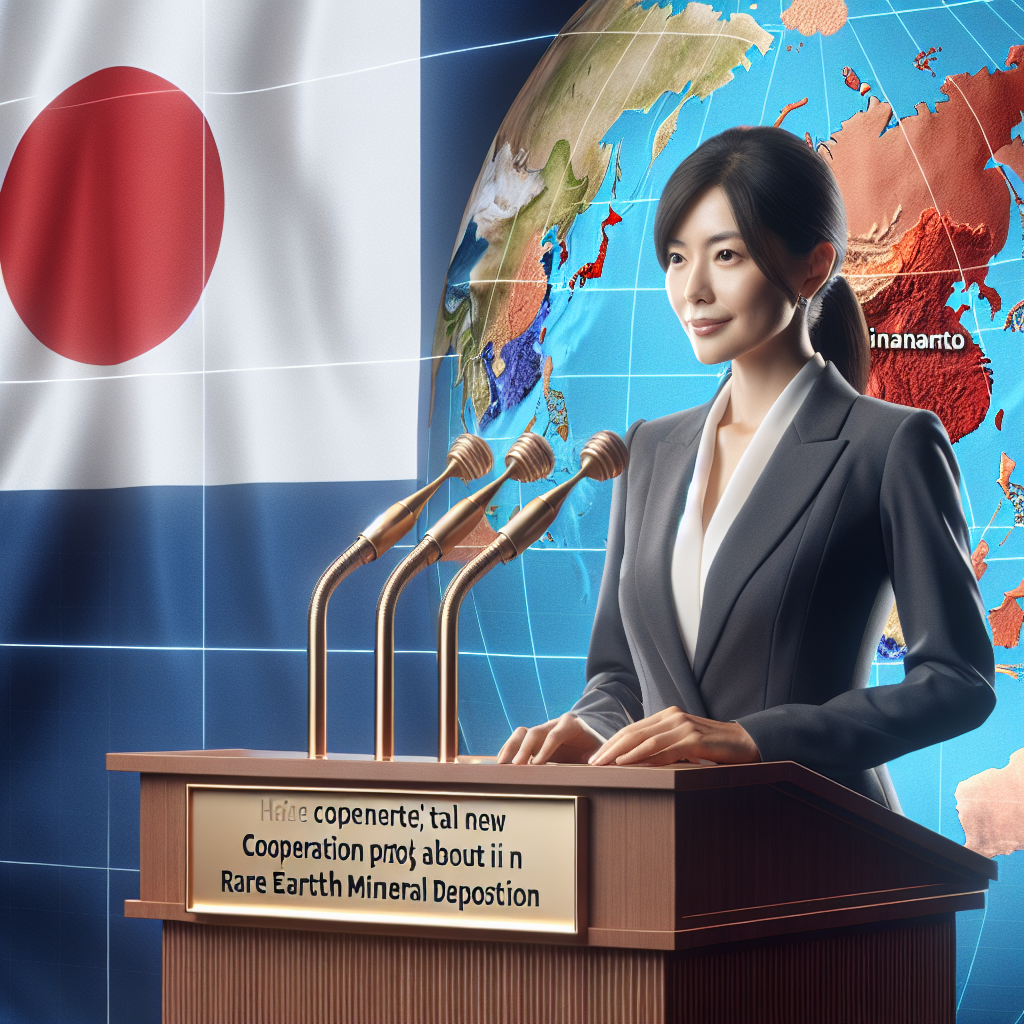Japan’s Prime Minister Sanae Takachi announced on Thursday (November 6) that Japan and the United States will jointly explore the development of rare earth mineral deposits in the waters surrounding Minamitori Island in the South Pacific Ocean. This move marks a new step in deepening economic and security cooperation between the two countries.
During a parliamentary inquiry, Takachi highlighted that the joint development of rare earth minerals was one of the important topics discussed during her meeting with U.S. President Trump last week.
“We will consider specific ways to promote cooperation between Japan and the U.S. in the development of rare earth minerals around Minamitori Island,” she said.
Minamitori Island, also known as Marcus Island, is a coral island under Japanese jurisdiction located about 1,900 kilometers southeast of Tokyo in the Pacific Ocean. It is geographically close to Guam and represents Japan’s easternmost territory.
Takachi mentioned that there is a large amount of seabed mud near Minamitori Island that potentially contains rare earth minerals. The Japanese government plans to conduct feasibility tests for extracting rare earth mud from depths of 6,000 meters starting in January next year.
During Trump’s visit to Tokyo, both countries signed a framework agreement to ensure a stable supply of rare earth minerals, aiming to counter China’s dominant position in the critical minerals sector. These minerals are widely used in various high-tech products ranging from cars and smartphones to fighter jets.
This year, Beijing has strengthened control over rare earth exports twice, subjecting various critical mineral elements and related technologies to strict scrutiny, essentially weaponizing strategic resources and raising global concerns.
On October 30, the U.S. and China reached an agreement where China agreed to temporarily delay the latest controls for one year. Countries are now accelerating the signing of bilateral and diversified procurement agreements to establish alternative supply chains.
The Japanese government is actively pushing to establish a domestic rare earth production system to reduce reliance on external sources.
According to senior officials involved in government-funded projects, surveys have confirmed the existence of rich rare earth-containing seabed mud at depths of 5,000 to 6,000 meters within Japan’s Exclusive Economic Zone (EEZ). If preliminary tests go smoothly, the project is set to start trial operations in January 2027, with approximately 350 metric tons of seabed mud recoverable daily.
According to the Eurasia Group’s statistics, China currently dominates global rare earth mining, with the U.S. and Myanmar holding around 12% and 8% of the production, respectively.
【This article partially refers to relevant reports by Reuters】

